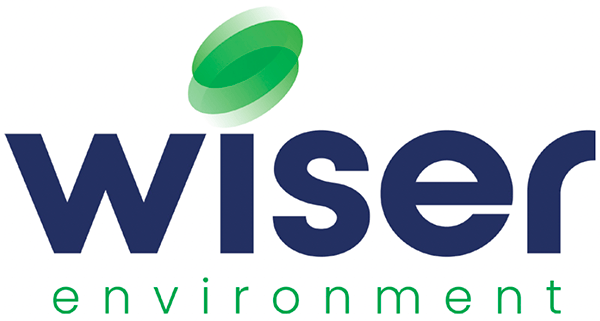Embracing Equality, Diversity, and Inclusion in the Workplace
Understanding the Concepts of Equality and Diversity
The terms ‘equality’ and ‘diversity’ are often mentioned in the workplace, but grasping their true meaning is essential for fostering an inclusive work environment. Equality refers to ensuring everyone has equal rights and opportunities, irrespective of their background or personal characteristics. Diversity celebrates the variety of these differences, recognizing the value each individual brings to the workplace.
The Synergy of Equality and Diversity
Equality and diversity are not mutually exclusive but rather complementary concepts. They emphasize that while we all have our unique traits and backgrounds, these differences should not dictate the rights or opportunities available to us. In the workplace, this synergy promotes a culture where everyone is valued and respected.
Legal Framework and Workplace Responsibilities
Legislation, such as the Equality Act 2010 in the UK, mandates workplaces to uphold and promote equality and diversity, preventing discrimination. This legal framework ensures protection for individuals from unfair treatment and promotes a more inclusive society.
The Role of Training in Promoting Equality and Diversity
Effective training on equality, diversity, and discrimination is crucial for:
- Raising Awareness: Educating employees and employers about the importance of an inclusive workplace and the negative impacts of discrimination.
- Understanding Legal Obligations: Clarifying the legal responsibilities of employers and employees in promoting equality and preventing discrimination.
- Implementing Best Practices: Providing strategies and tools for fostering an inclusive environment where diversity is celebrated.
Learning Objectives
By completing this course, participants will:
- Define Equality and Diversity: Understand the core concepts of equality and diversity within the context of the workplace.
- Recognize the Importance of Inclusion: Appreciate how a diverse and inclusive workplace enhances team dynamics and productivity.
- Navigate Legal Responsibilities: Be aware of the legal framework surrounding equality and diversity and the implications for workplace practices.
- Apply Inclusive Practices: Develop skills and strategies to promote an inclusive environment and prevent discrimination.
Key Elements of the Course
Our comprehensive Conflict Resolution course includes:
- Understanding Workplace Conflict: Defining what constitutes conflict and exploring its common causes and effects on the workforce.
- Stages of Conflict Development: Examining how conflicts build up and the key stages involved.
- Conflict Resolution Techniques: Detailed modules on various strategies to resolve conflicts, applicable at any stage of escalation.
- Positive Outcomes of Conflict Management: Exploring how effectively managed conflicts can lead to beneficial results, such as improved trust, creative solutions, and an inclusive work environment.
Course Structure
| Module Number | Module Name | Pask Mark |
| 1 | What is Equality & Diversity | 70% |
| 2 | Equality and Diversity Legislation | 70% |
| 3 | What do we Mean by Discrimination | 70% |
| 4 | Promoting Diversity | 70% |
| 5 | Links Between Values, Attitudes and Beliefs | 70% |
| 6 | Stereotypes, Prejudices and Discrimination | 70% |
| 7 | Institutional Discrimination | 70% |
| 8 | Valuing Others | 70% |
| 9 | Resistance to Feedback | 70% |
| 10 | Course Summary | 70% |
